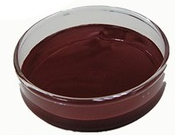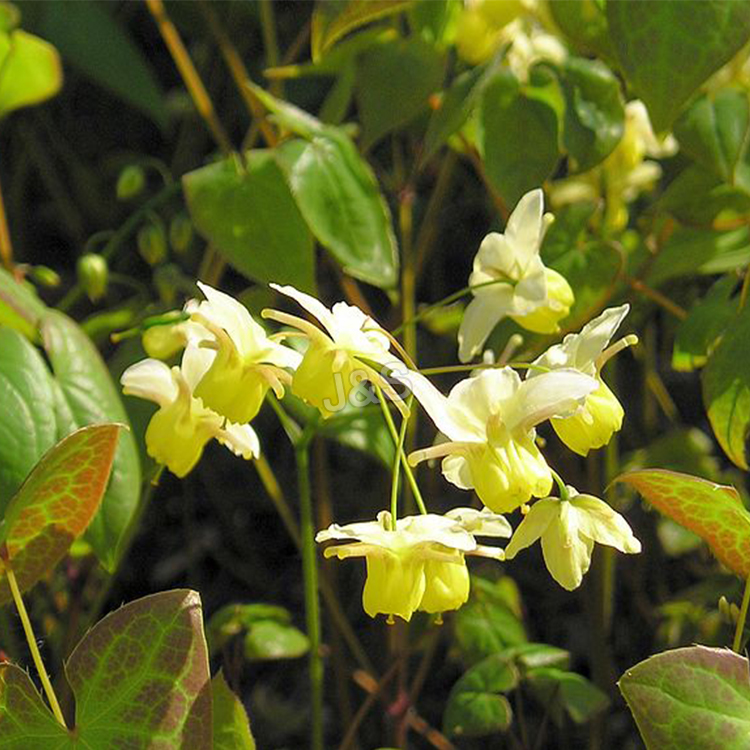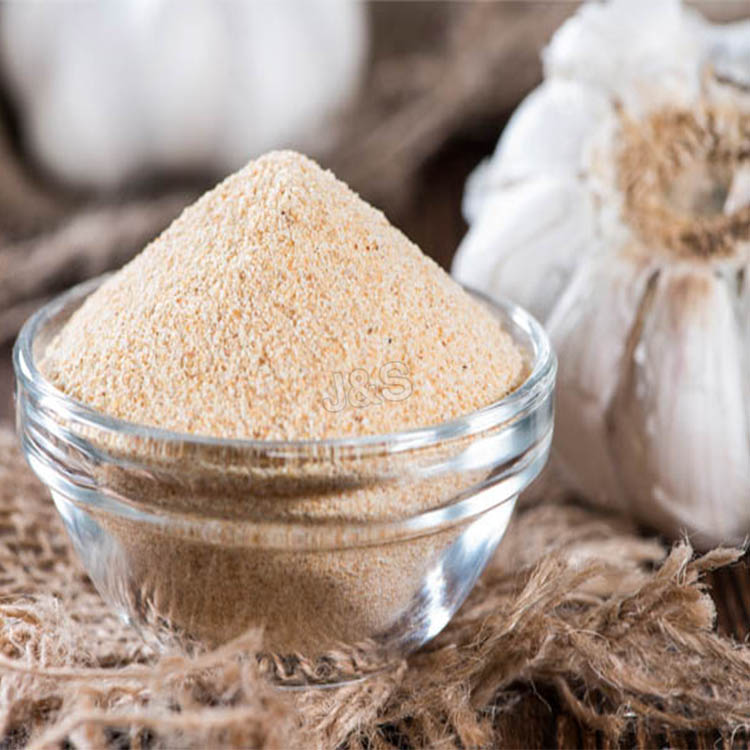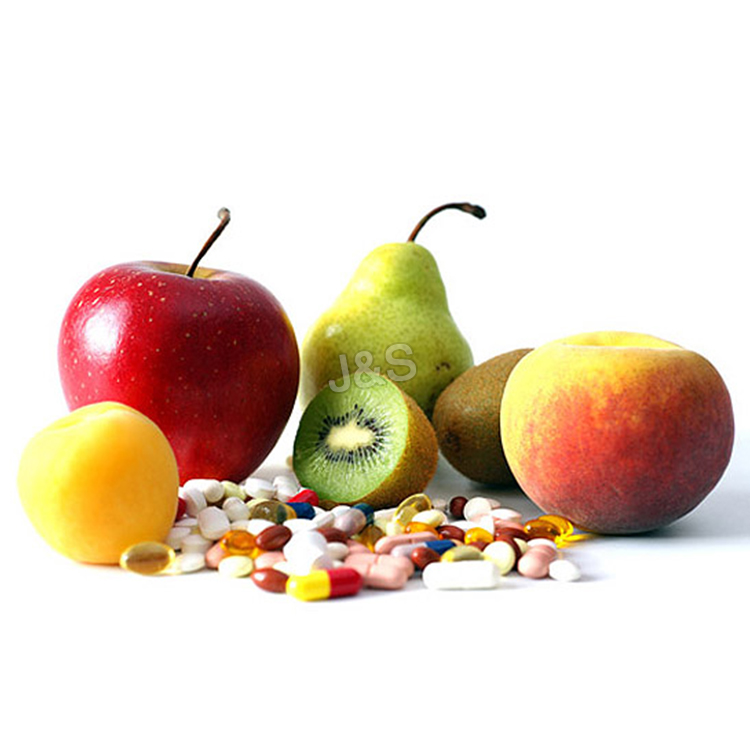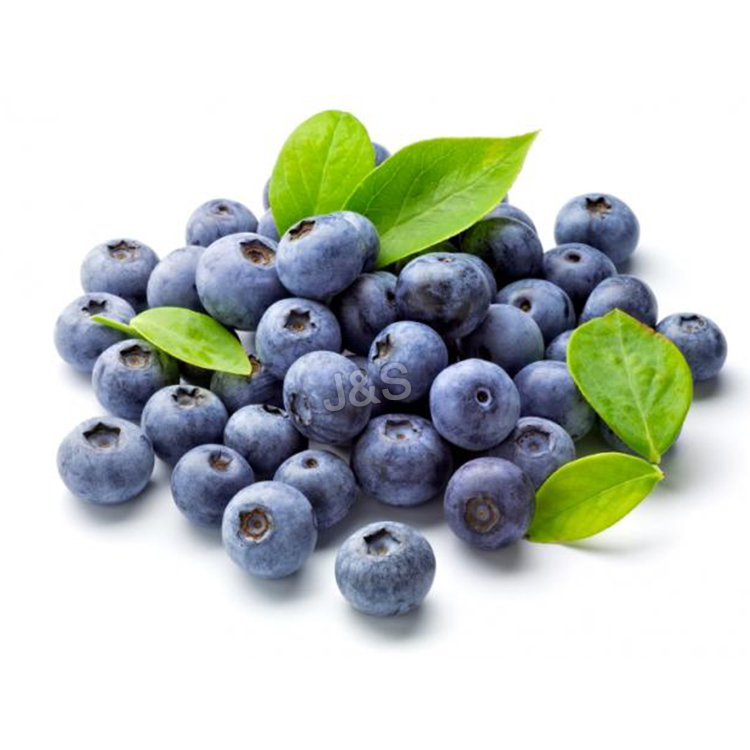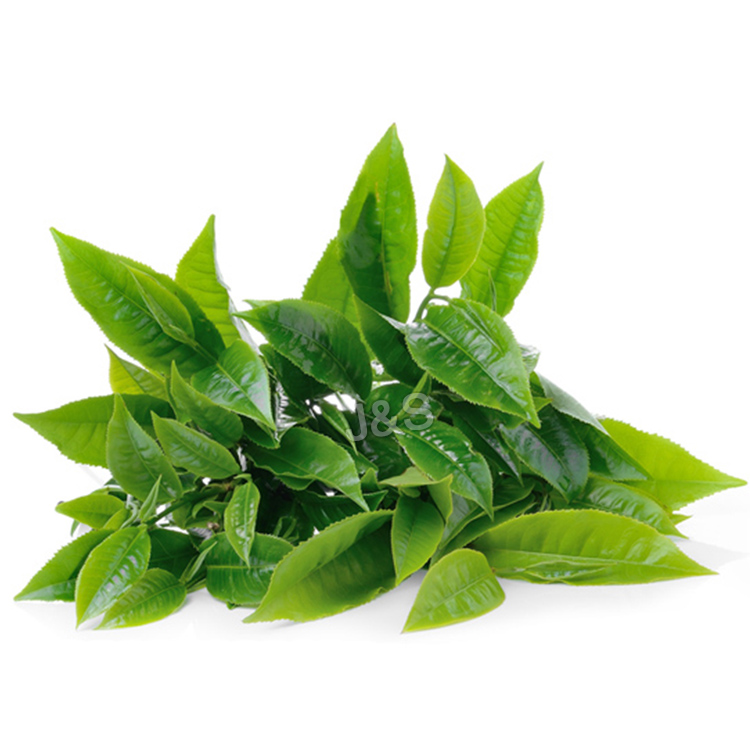Wholesale Dealers of Astaxanthin Supply to Netherlands
Wholesale Dealers of Astaxanthin Supply to Netherlands Detail:
[Latin Name] Haematococcus Pluvialis
[Plant Source] from China
[Specifications]1% 2% 3% 5%
[Appearance] Dark red Powder
[Particle size] 80 Mesh
[Loss on drying] ≤5.0%
[Heavy Metal] ≤10PPM
[Storage] Store in cool & dry area, keep away from the direct light and heat.
[Shelf life] 24 Months
[Package] Packed in paper-drums and two plastic-bags inside.
[Net weight] 25kgs/drum
Brief Introduction
Astaxanthin is a natural nutritional component, it can be found as a food supplement. The supplement is intended for human, animal, and aquaculture consumption.
Astaxanthin is a carotenoid. It belongs to a larger class of phytochemicals known as terpenes, which are built from five carbon precursors; isopentenyl diphosphate and dimethylallyl diphosphate . Astaxanthin is classified as a xanthophyll (originally derived from a word meaning “yellow leaves” since yellow plant leaf pigments were the first recognized of the xanthophyll family of carotenoids), but currently employed to describe carotenoid compounds that have oxygen-containing moities, hydroxyl or ketone , such as zeaxanthin and canthaxanthin. Indeed, astaxanthin is a metabolite of zeaxanthin and/or canthaxanthin, containing both hydroxyl and ketone functional groups. Like many carotenoids, astaxanthin is a colorful, lipid-soluble pigment. This colour is due to the extended chain of conjugated (alternating double and single) double bonds at the centre of the compound. This chain of conjugated double bonds is also responsible for the antioxidant function of astaxanthin (as well as other carotenoids) as it results in a region of decentralized electrons that can be donated to reduce a reactive oxidizing molecule.
Function:
1.Astaxanthin is a powerful antioxidant and may protect against oxidative damage to body tissues.
2.Astaxanthin can improve the immune response by increasing the number of antibody producing cells.
3.Astaxanthin is a potential candidate to treat neurodegenerative disease such as Alzhimer and Parkinson diease.
4.Astaxanthin dan reduce UVA-light damage to skin such as sunburn, inflammation, ageing and skin cancer.
Application
1.When applied in pharmaceutical field, astaxanthin powder has the good function of antineoplastic;
2.When applied in health food field, astaxanthin powder is used as food additives for pigment and health care;
3.When applied in cosmetic field, astaxanthin powder has the good function of antioxidant and anti-aging;
4.When applied in animal feeds field, astaxanthin powder is used as animal feed additive to impart coloration, including farm-raised salmon and egg yolks.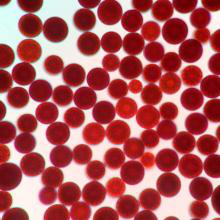
Product detail pictures:

Related Product Guide:
We generally continually give you quite possibly the most conscientious shopper company, and the widest variety of designs and styles with finest materials. These endeavours include the availability of customized designs with speed and dispatch for Wholesale Dealers of Astaxanthin Supply to Netherlands , The product will supply to all over the world, such as: United Kingdom, Dubai, Islamabad, With a team of experienced and knowledgeable personnel, our market covers South America, the USA, the Mid East, and North Africa. Many customers have become our friends after good cooperation with us. If you have the requirement for any of our goods, make sure you contact us now. We're looking forward to hearing from you soon.
“ธุรกิจสร้างสรรค์ จากมันสมอง” สัมภาษณ์นักธุรกิจหลายประเภทที่นำความคิดสร้างสรรค์ และไอเดียเจ๋งๆ มาต่อยอดและสร้างมูลค่าเพิ่มให้กับสินค้า
ช่วงพิเศษในรายการ Smart Money ออกอากาศทาง Money Channel เวลา 15.30-16.00 น. หรือเข้าไปชมรายการย้อนหลังได้ที่ www.moneychannel.co.th
Soy is complicated, and there’s a lot of conflicting information out there. Click for the straight story.
Related Videos:
High-Protein Vegetarian Foods | HealthiNation
Complex Carbs vs. Simple Carbs | HealthiNation
Soy has been getting “soy” much attention lately. However, there is a lot of conflicting information out there. Let’s start with “What is soy?”
Soy is in the legume or bean family that is native to southeastern Asia. Although it has been part of the Asian diet for thousands of years, soybeans were only introduced to America about 200 years ago. Now, the United States produces about half of the world’s supply of soybeans.
Soybeans contain 35 to 40 percent protein. These soybean proteins are “complete,” which means they contain significant amounts of all the essential amino acids our bodies need but cannot make on our own. That is why soy protein can be a great substitute for animal-based protein, which also has complete proteins but contains more fat. The fat in animal protein is especially unhealthy because it is saturated fat (the “bad” kind of fat), combined with cholesterol.
For such a tiny package, soy is a dietary powerhouse when it comes to biological action. That is because soybeans are uniquely rich in certain bioactive molecules called isoflavones. An isoflavone can function as both an anti-inflammatory and an antioxidant (counteracting the damaging effects of free radicals in our cells). Isoflavones can even kill parasites.
There are different forms of isoflavones. Some forms are more bioavailable, which means our bodies can use them more easily than others. Most traditional Asian soy foods generally contain more of the bioavailable kind of soy than do Western foods.
Isoflavones are found in a number of plants besides soy like fava beans and coffee. You can find a lot of products made with soy, but watch out for processed soy foods. Although processed soy is usually high in protein, it typically contains lower levels of isoflavones.
In addition to any possible biological action from isoflavones, many soy products are believed to be healthful. This is because of their high content of polyunsaturated fats (the “good” kind), fiber, vitamins and minerals, and their low content of saturated fat (the “bad” kind). Eating soy foods might lower the risk of heart disease, type 2 diabetes and certain cancers like breast and prostate cancers, as well as improve bone health and give relief from menopausal symptoms. However, if you dig through all the medical literature you will find that it is complicated and we don’t have all the answers yet.
Bottom line: If you are using soy protein to replace artery-clogging animal protein in your diet, then you’re switching out saturated fat and bad cholesterol for a wiser protein source. That is a good idea. However, if you are hoping to stave off heart disease with small amounts of processed soy or soy supplements, the benefits are less certain.
And if you are looking to soy protein or isoflavones to improve menopausal symptoms, postmenopausal bone loss, prevent or treat breast and prostate cancers, a lot more research needs to be done before a strong recommendation can be made.
As part of a balanced diet, it’s “soy” good.
Sources
Jenkins DJA, Mirrahimi A, Srichaikul K, et al. Soy Protein Reduces Serum Cholesterol by Both Intrinsic and Food Displacement Mechanisms. J Nutr 2010; December 1, jn.110.124958.
Lerman RH, Minich DM, Darland G, et al. Subjects with elevated LDL cholesterol and metabolic syndrome benefit from supplementation with soy protein, phytosterols, hops rho iso-alpha acids, and Acacia nilotica proanthocyanidins. Journal of Clinical Lipidology 2010;4:59-68.
Messina M. A Brief Historical Overview of the Past Two Decades of Soy and Isoflavone Research. J Nutr 2010;140(7):1350S-4.
Messina M. Insights Gained from 20 Years of Soy Research. J Nutr 2010;140(12):2289S-95S.
Nagata C. Factors to Consider in the Association Between Soy Isoflavone Intake and Breast Cancer Risk. J Epidemiol 2010;20(2):83-9.
Sacks FM, Lichtenstein A, Van Horn L, Harries W, Kris-Etherton P, Winston M. Soy Protein, Isoflavones, and Cardiovascular Health: An American Health Association Science Advisory for Professionals from the Nutrition Committee. Circulation 2006;113(7):1034-44.
Taku K, Lin N, Cai D, et al. Effects of soy isoflavone extract supplements on blood pressure in adult humans: systematic review and meta-analysis of randomized placebo-controlled trials. J Hypertens 2010;28(10):1971-1982.
Xiao CW. Health effects of soy protein and isoflavones in humans. J Nutr 2008;138(6):1244S-9S.
More: https://www.healthination.com/topic-center/index.php?t=essentials_soy
The company can think what our think, the urgency of urgency to act in the interests of our position, can be said this is a responsible company, we had a happy cooperation!

